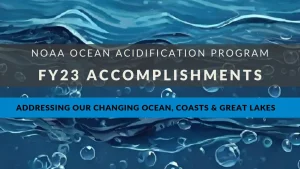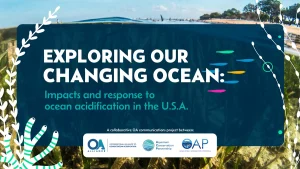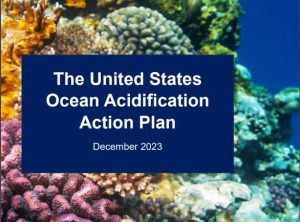Presented by: Chris Gobler, Stony Brook University, June 17th, 2020
Harmful algal blooms and ocean acidification have emerged as two expanding threats to coastal ecosystems. While climate-change driven ocean acidification is expected to alter marine ecosystems through this century, the dynamic nature of carbon cycling in coastal zones can lead to seasonal and diel changes in pH and CO2 concentrations that can exceed changes expected for open ocean ecosystems by the end of the century. Harmful algal blooms occur in these dynamic coastal zones and several HAB species and/or strains respond to increased CO2 concentrations with increases in growth rate and/or cellular toxin content, while others are unaffected. Beyond the effects of altered C concentrations and speciation on HABs, changes in pH in natural waters are also likely to have profound effects on algal physiology. Regardless of how acidification affects HABs, it is a clear environmental threat to a suite of calcifying invertebrates as well as other marine organisms including early life stage fish. While HABs and acidification co-occur on coastal zones, their combined effects on marine life are very poorly understood. This talk will explore interactions between ocean acidification and HABs and implications of their co-occurrence for ocean organisms.
PDF of the presentation
View the recording and complete the post webinar questionnaire





